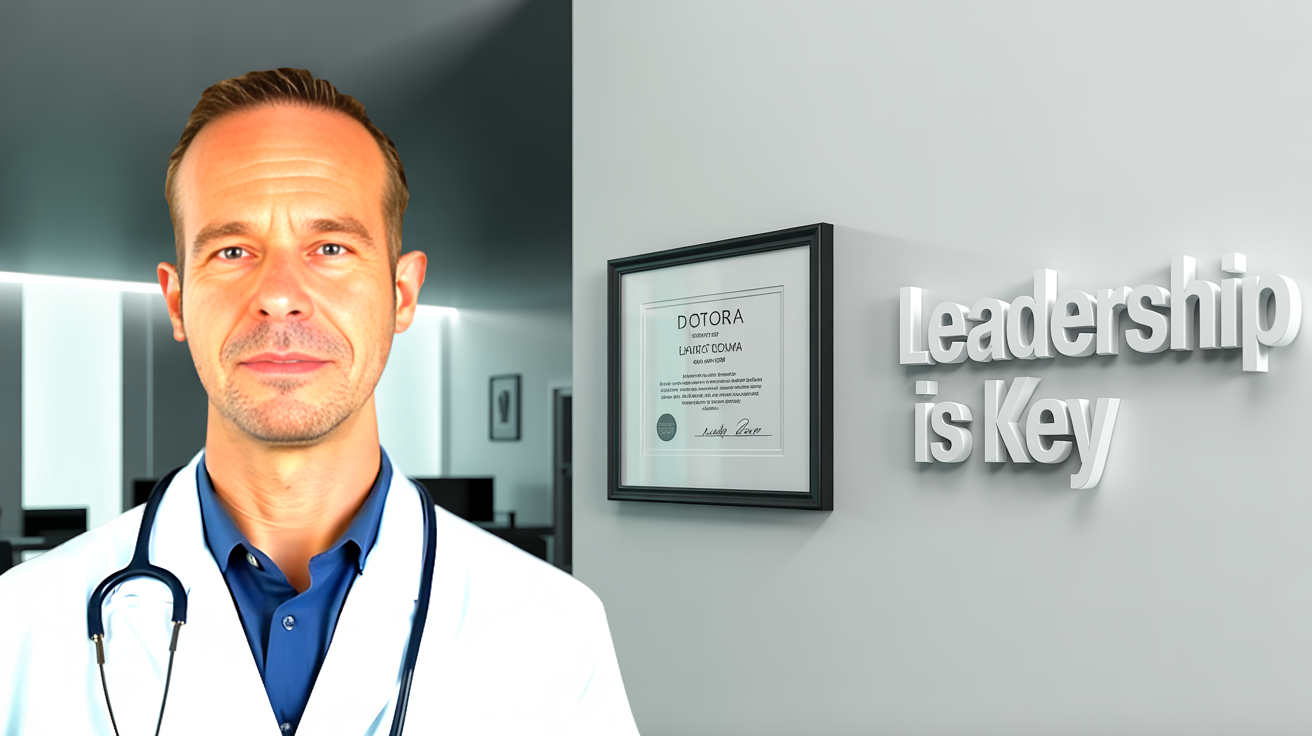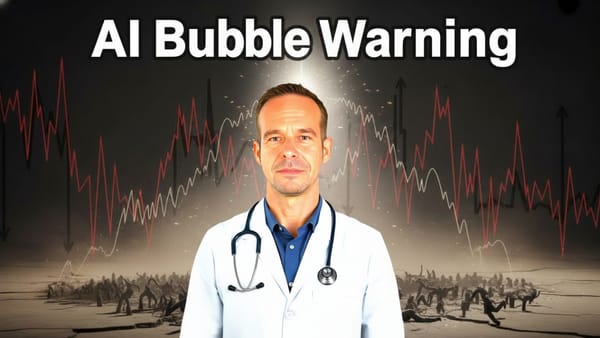Why Your Medical Practice Is Financially Worthless

Most physicians think they own a practice.
They’re wrong.
What they actually own is an expensive job that stops generating revenue the moment they step away. The harsh financial reality? Medical practices often sell for just 0.5 to 0.9 times annual revenue when hyper-dependency issues become apparent during due diligence.
I’ve seen this pattern destroy physician wealth repeatedly. Brilliant surgeons who can perform life-saving procedures find themselves trapped in practices that collapse without their constant presence.
Every physician practice owner tries to fulfill three distinct roles simultaneously. Mark Liry, an EOS implementer who specializes in healthcare businesses, calls this the fundamental impossibility that creates burnout and caps practice value. The Visionary sets strategic direction and long-term vision. The Integrator manages daily operations, staff, and systems. The Individual Healer provides direct patient care and clinical expertise.
Attempting all three roles creates a bottleneck. You become the decision choke point for every patient interaction and every operational challenge. The result? Nearly half of physicians experienced burnout symptoms in 2023. But burnout is just the personal cost. The financial cost runs deeper.
When potential buyers evaluate your practice, they ask one critical question: “What happens if the founding physician leaves?” If the answer is collapse, your practice value plummets. Buyers don’t purchase jobs. They purchase sustainable systems that generate predictable returns independent of one person. This dependency tax explains why private practice ownership dropped from 60.1% to 42.2% between 2012 and 2024.
The solution requires systematically breaking dependency cycles. The Entrepreneurial Operating System (EOS) provides a framework. You begin with an accountability chart mapping every function required for practice operations—not a hierarchy of people, but a chart of roles and responsibilities. Then you methodically fill each role with capable individuals, starting with the Integrator who becomes your operational leader. Department leadership follows: care coordination, billing, marketing, administration.
This transition takes patience, often two to three years, but the payoff is substantial. Strong management systems create practice independence. Most physicians focus on leadership—vision and inspiration—but neglect management, the unglamorous oversight of metrics and accountability. EOS fills this gap with weekly scorecards, quarterly planning, and annual vision sessions. These aren’t revolutionary ideas, just disciplined applications of business fundamentals that medical school never taught.
Breaking dependency also requires a mindset shift. Scarcity thinking says “I’ll handle this myself to save money.” Abundance thinking says “I’ll invest in people and systems to build lasting value.” The shift from being an answer-giver to a question-asker empowers your team and frees you from doing everything yourself.
Implementation doesn’t have to overwhelm. Many physicians start small—delegate one critical role, implement one management system, then expand. Incremental progress compounds into independence. Guided EOS implementation accelerates results, but even self-guided adoption produces gains.
The impact on wealth creation is clear. Practices with resolved dependency issues command premium valuations at exit. More importantly, independence reduces burnout, improves quality of life, strengthens family relationships, and creates space for practice growth.
Every physician owner faces a choice. Continue operating as an expensive job with burnout and low exit value, or build a business that runs with or without you, producing sustainable wealth and freedom. The tools exist. The framework is proven. The choice is yours.




